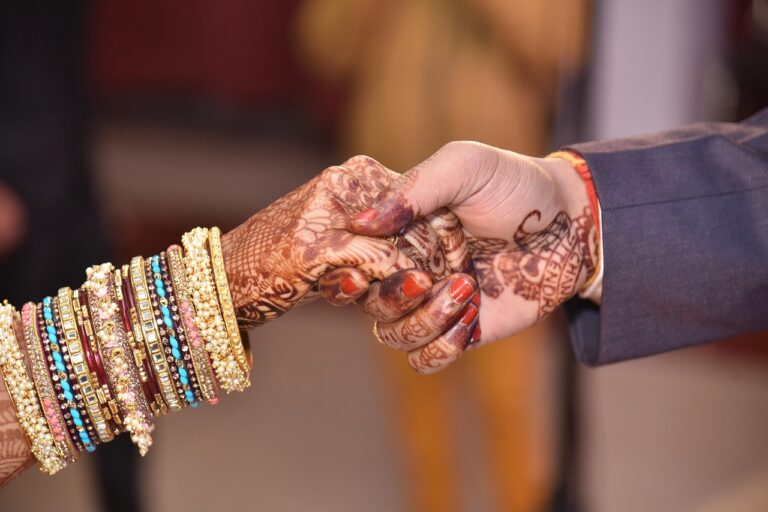
If untreated, around 50% of children living with HIV die before they reach their second birthday
Geneva: Progress towards ending AIDS among children, adolescents and young women stalled and none of the targets for 2020 could be met, reveals the final report from the Start Free, Stay Free, AIDS Free initiative, UNAIDS and partners, which was released here today.
The report shows that the total number of children on treatment declined for the first time, despite the fact that nearly 800 000 children living with HIV are not currently on treatment. It also shows that opportunities to identify infants and young children living with HIV early were being missed—more than one third of children born to mothers living with HIV were not tested. If untreated, around 50% of children living with HIV die before they reach their second birthday.
“Over 20 years ago, initiatives for families and children to prevent vertical transmission and to eliminate children dying of AIDS truly kick-started what has now become our global AIDS response. This stemmed from an unprecedented activation of all partners, yet, despite early and dramatic progress, despite more tools and knowledge than ever before, children are falling way behind adults and way behind our goals,” said Shannon Hader, UNAIDS Deputy Executive Director, Programme. “The inequalities are striking—children are nearly 40% less likely than adults to be on life-saving treatment (54% of children versus 74% of adults), and account for a disproportionate number of deaths (just 5% of all people living with HIV are children, but children account for 15% of all AIDS-related deaths). This is about children’s right to health and healthy lives, their value in our societies. It’s time to reactivate on all fronts—we need the leadership, activism, and investments to do what’s right for kids,” he added.
Start Free, Stay Free, AIDS Free is a five-year framework that began in 2015, following on from the hugely successful Global Plan towards the elimination of new HIV infections among children by 2015 and keeping their mothers alive. It called for a super Fast-Track approach to ensure that every child has an HIV-free beginning, that they stay HIV-free through adolescence and that every child and adolescent living with HIV has access to antiretroviral therapy. The approach intensified focus on 23 countries, 21 of which were in Africa, that accounted for 83% of the global number of pregnant women living with HIV, 80% of children living with HIV and 78% of young women aged 15–24 years newly infected with HIV.
“The HIV community has a long history of tackling unprecedented challenges, today we need that same energy and perseverance to address the needs of the most vulnerable—our children. African leaders have the power to help us change the pace of care and should act and lead until no child living with HIV is left behind,” said Ren Minghui, Assistant Director-General of the Universal Health Coverage/Communicable and Noncommunicable Diseases Division of the World Health Organization.
Although the 2020 targets were missed, the 21 focus countries in Africa made better progress than the non-focus countries. However, there were major disparities between countries, and these countries still bear the highest burden of disease: 11 countries account for nearly 70% of the “missing children”—those living with HIV but not on treatment. There was a 24% decline in new HIV infections among children from 2015 to 2020 in focus countries versus a 20% decline globally. Focus countries also achieved 89% treatment coverage for pregnant women living with HIV, compared to 85% globally, but still short of the target of 95%, and there were huge differences between countries. For example, Botswana achieved 100% treatment coverage, yet the Democratic Republic of the Congo only reached 39%.
“While we are deeply distressed by the global paediatric HIV shortfalls, we are also encouraged by the fact that we largely have the tools we need to change this,” said Angeli Achrekar, Acting United States Global AIDS Coordinator. “So, let this report be a call to action to challenge complacency and to work tirelessly to close the gap.”
There has been some progress in preventing adolescent girls and young women from acquiring HIV. In the focus countries, the number of adolescent girls and young women acquiring HIV declined by 27% from 2015 to 2020. However, the number of adolescent girls and young women acquiring HIV in the 21 focus countries was 200 000, twice the global target for 2020 (100 000). In addition, COVID-19 and school closures are now disrupting many educational and sexual and reproductive health services for adolescent girls and young women, highlighting the urgent need to redouble HIV prevention efforts to reach young women and adolescent girls, the report says.
“The lives of the most vulnerable girls and young women hang in the balance, locked into deeply entrenched cycles of vulnerability and neglect that must urgently be interrupted,” Chewe Luo, United Nations Children’s Fund Chief of HIV and Associate Director of Health Programmes, said.
– global bihari bureau






My hubby and I arrived here simply because this certain webpage had been tweeted by a woman I had been following and am pleased I made it here.